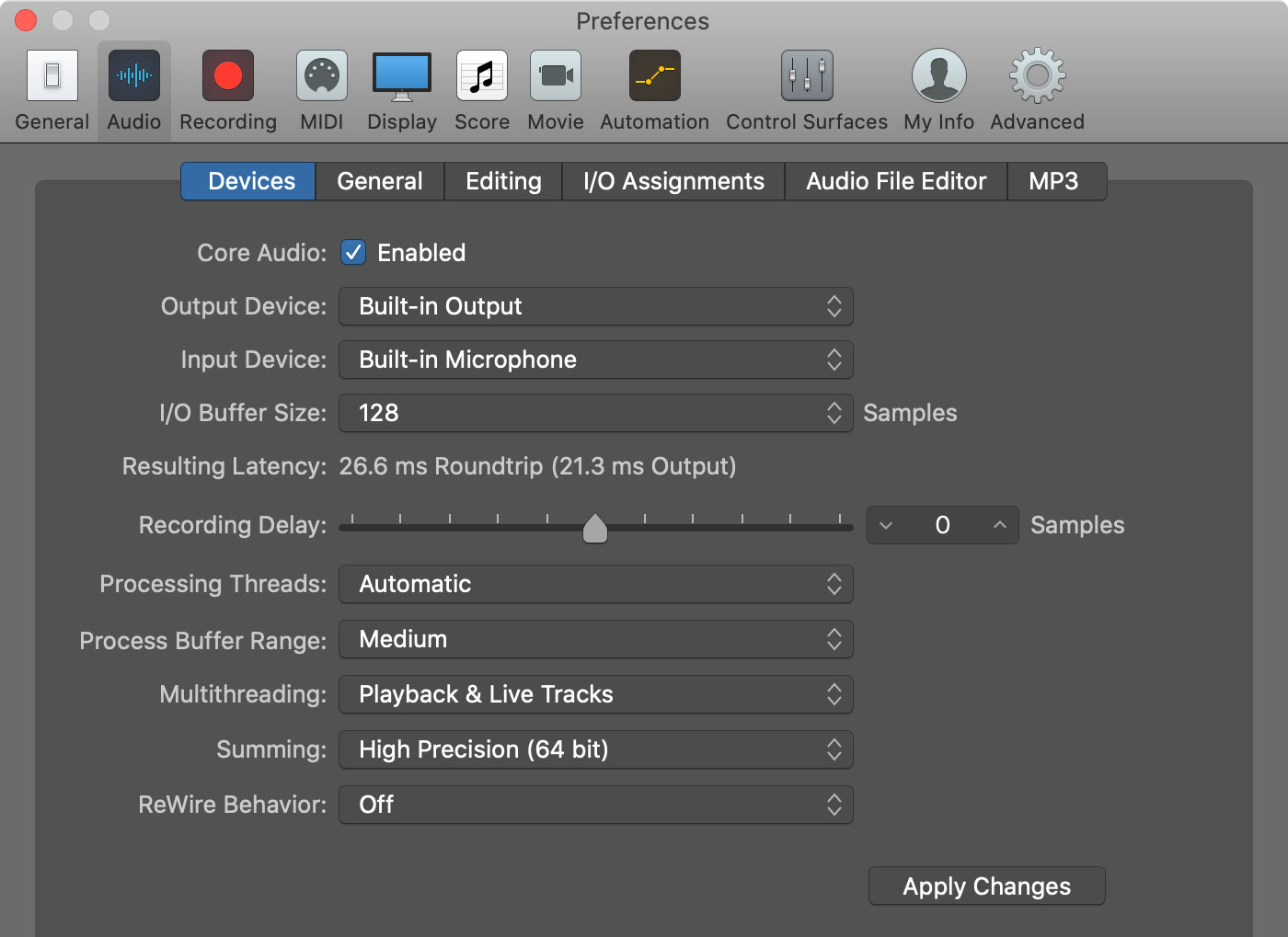Whether you’re a musician, mixing engineer, or podcaster, an audio interface is cruicial to your workflow and productivity. In addition to providing better sound quality than your computer’s built-in soundcard, and audio interface also offers reduced latency. In this post, we’ll take a look at how an audio interface can reduce latency in your audio recording and monitoring system.
What is Audio Latency?
Before we dive into how an audio interface reduces latency, let’s discuss what audio latency is. In simple terms, audio latency is the brief period of time between making a sound and hearing a sound. In the context of music production, an example of latency would be the time between playing a key on a MIDI keyboard and hearing the resulting sound through your headphones. If you’re a musician, you probably know how latency can be a mood killer.
Computer-based music production systems have latency because digital audio has to be processed. Let’s take a moment to go through what happens in a typical vocal recording session.
- The singer sings into a microphone.
- The analog signal travels to the audio interface via an XLR cable.
- The audio interface encodes it into a digital signal.
- The digital signal is sent to your computer over USB, and recorded by your DAW (e.g. Logic Pro X, Pro Tools, etc.).
- The DAW processes the digital audio with plugins.
- The digital signal is sent to the audio interface over USB.
- The audio interface converts the digital signal into an analog signal.
- The analog signal is sent to the audio interface’s headphone output.
In the process highlighted above, the bottleneck is digital processing. The analog portions are limited by physics, while the digital processing portions are limited by things like CPU power, hardware quality, software optimization, and other human-derived factors.
Why an Audio Interface Reduces Latency
Now that you have a good understanding of what audio latency is, let’s talk about why an audio interface reduces latency. Retail-oriented computers are designed for mass-market consumption, and this fact is reflected in factors like build quality, choice of internal parts, quality of software drivers, and more. For example, a military-grade computer is built to a different standard than retail-grade computers. The same idea can be applied to a consumer-level sound card and a dedicated audio interface.
The headphone output in a MacBook Pro sounds decent for a mass-market device, but it’s not designed for low latency performance and high-fidelity sound quality. In the screenshot below, you can see the latency of the built-in headphone output on a 2016 MacBook Pro. The output latency is 21.3 ms, which is very slow for professional audio and music applications.

Now, let’s take a look at latency numbers for the RME Babyface, a high quality portable audio interface. Compared to the built-in output’s 21.3 ms latency, the Babyface clocks in at 4.3 ms – that’s about 5x faster.

The Babyface’s superior performance is not a result of black magic. The Babyface is a purpose-built professional audio device with highly-optimized software drivers, and this is why it outperforms the MacBook Pro’s built-in sound card.
Low Latency Audio Interfaces
Not all audio interfaces are created equal. The aformentioned RME Babyface is a top-tier audio interface, and retails for $749. RME is well-known for producing excellent products that combine rugged hardware design with highly-optimized drivers. As a result, RME products are often the first choice when it comes to designing critical audio infrastructure.

The Zoom UAC-2 is an affordable low latency audio interface.
If you’re looking for a more affordable low latency audio interface, I’d recommend looking into Zoom’s line of audio interfaces. The two-channel Zoom UAC-2 and eight-channel UAC-8 can be had for $249 abd $599, respectively.
Conclusion
A proper audio interface undoubtedly reduces latency. Mass-market computing devices will never have high-performance audio hardware, as it simply doesn’t make sense economically. If you’re a musician and podcaster who is struggling from latency issues, considering picking up a proper audio interface to boost your production quality and speed up your workflow.